A point charge Q is placed at the point O as shown in Fig. Is the potential difference (V)A−VB) positive, negative or zero if Q is (i) possible (ii) negative ?

Video Solution
Text Solution
VA−VB=ive
|
Updated on:21/07/2023
Topper's Solved these Questions
- BOOK - XII BOARDS PREVIOUS YEARCHAPTER - XII BOARDSEXERCISE - Section -B12videos
XII BOARDS
- BOOK - XII BOARDS PREVIOUS YEARCHAPTER - XII BOARDSEXERCISE - Section -C10videos
XII BOARDS
- BOOK - XII BOARDS PREVIOUS YEARCHAPTER - XII BOARDSEXERCISE - C.B.S.E.CLASS-XII PHYSICS (THEORY) [SET-I]3videos
XII BOARDS
- BOOK - XII BOARDS PREVIOUS YEARCHAPTER - SAMPLE PAPER 2019EXERCISE - SECTION D6videos
SAMPLE PAPER 2019
Similar Questions
Knowledge Check
- Question 1 - Select One
A negative point charge placed at the point A is
 Ain stable equilibrium along x-axisBin unstable equilibrium along y-axisCin stable equilibrium along y-axisDin unstable equilibrium along x-axis
Ain stable equilibrium along x-axisBin unstable equilibrium along y-axisCin stable equilibrium along y-axisDin unstable equilibrium along x-axis - Question 2 - Select One
In the part of a circuit shown in fig. 5.266, the potential difference (VG−VH) between points G and H will be
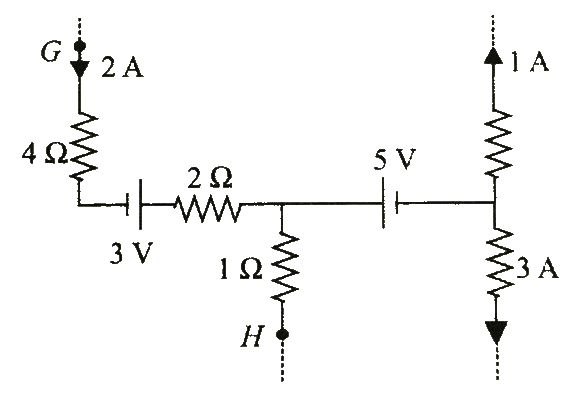 A0 VB15 VC7 VD3 V
A0 VB15 VC7 VD3 V - Question 3 - Select One
Asseration: A point charge q is placed at centre of spherical cavity inside a spherical conductor as shown. Another point charge Q is placed outside the conductor as shown. Now as the point charge Q is pushed away from conductor, the potential difference (VA−VB) between two points A and B within the cavity of sphere remains constant.
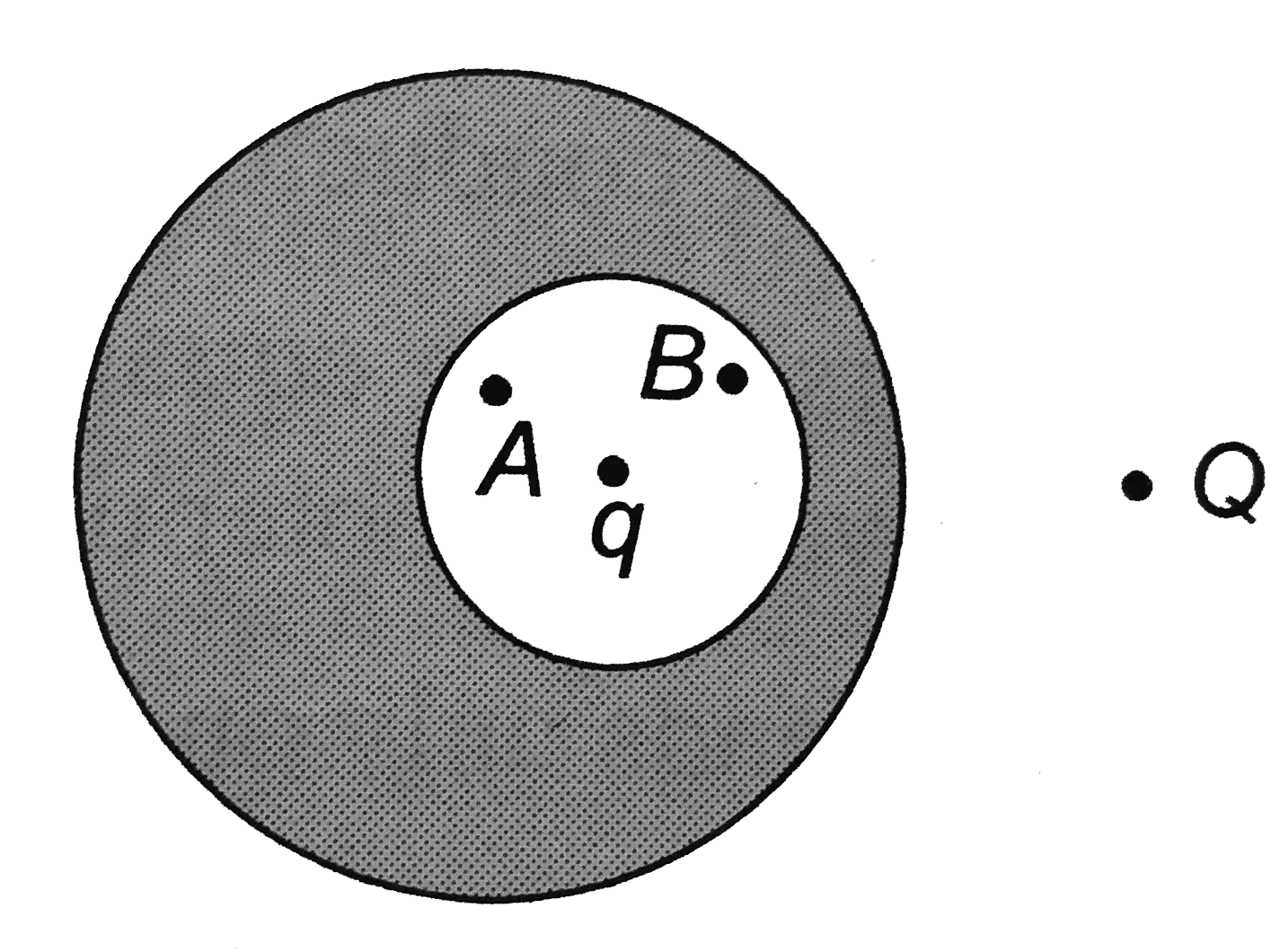
Reason: The electric field due to charges on outer surface of conductor and outside the conductor is zero at all points inside teh conductor.AIf both assertion and reason are true and reson is the correct explanation of assertion.BIf both assertion and reason are true but reason is not the correct explanation of assertion.CIf assertion is true but reason is false.DIf assertion and reason both are false.
A negative point charge placed at the point A is
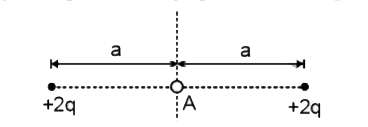 View Solution
View SolutionPositive and negative charges of 1μC each are placed at two points as shown in the figure. Find the potential difference between A and B
 View Solution
View SolutionAn infinitely long line of linear charge density λ is shown in the figure. The potential difference VA−VB between the two points A and B is
 View Solution
View SolutionFour charges Q-Q, Q-Q are placed at the corners of a square as shown . The potential is zero at points
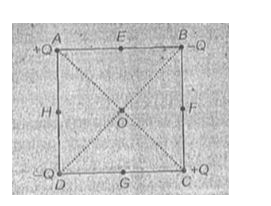 View Solution
View SolutionThe potential difference (VA−VB) between the point A and B as shown in the figure is
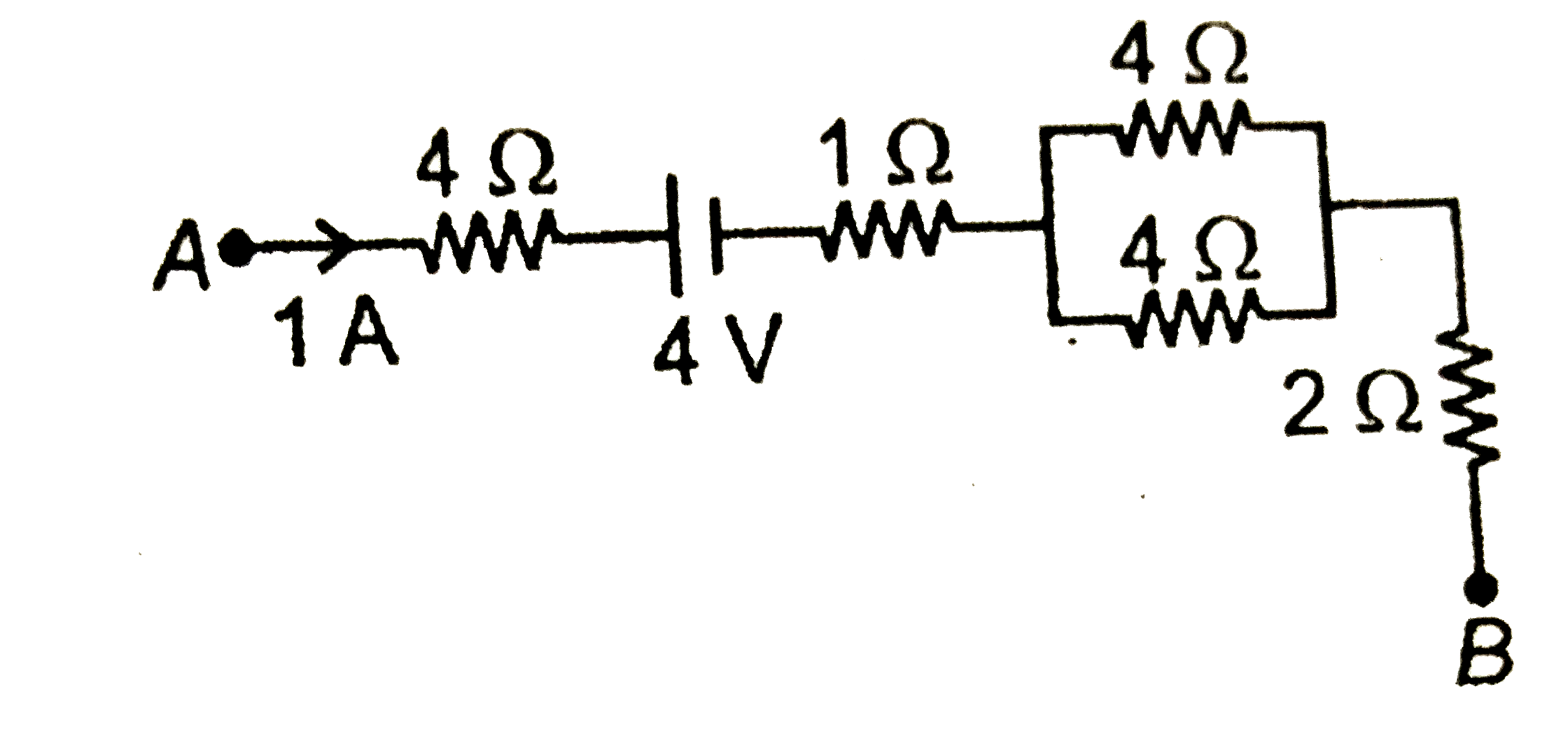 View Solution
View Solution


